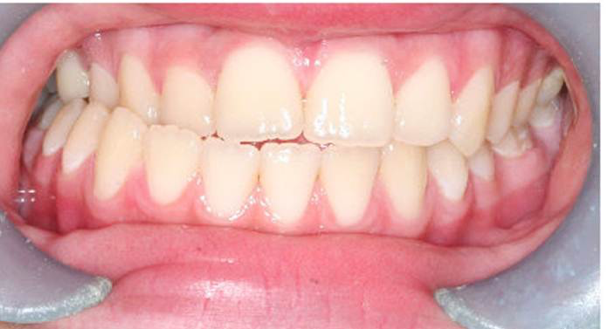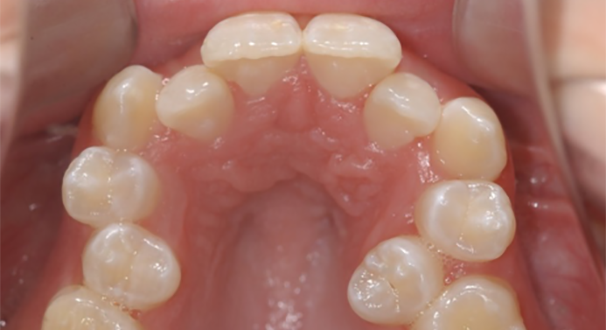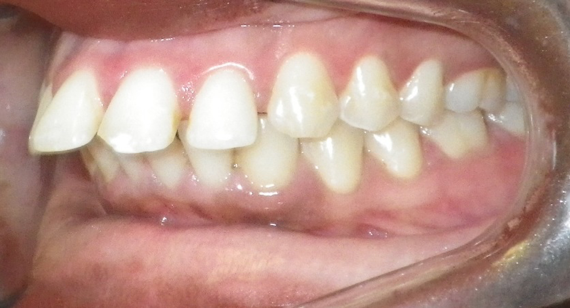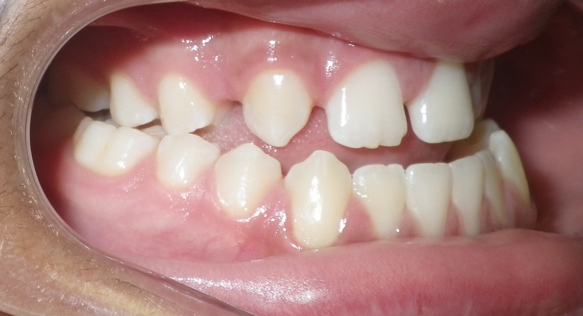Early Treatment (Phase I)
Early treatment or Phase I treatment is usually indicated for patients before adolescence who have both baby teeth and adult teeth present. Phase I treatment implies that there will need to be a second round of treatment or Phase II once all the permanent teeth come in. Phase I treatment typically lasts anywhere from 6 months to 1 year, followed by a retention period, and then Phase II, if needed, begins once all the permanent teeth have erupted. Some indications for early treatment are listed below.
Braces are placed on the upper and/or lower incisors and molars to correct severe anterior crowding
Space maintainers are often needed to prevent crowding and help permanent teeth erupt
The upper jaw is widened with the use of a palatal expander
The upper jaw and existing teeth are moved forward using a face-mask
A removable retainer is used to redirect the growth of the jawbone
Conventional Treatment (Phase II)
Should your child require phase I treatment, phase II, if needed, will begin following the eruption of all permanent teeth during the maintenance phase. For all others, conventional treatment will begin after all of the permanent teeth have erupted. Although the age of conventional treatment varies for boys and girls, it is typically initiated between 10-14 years old. Phase II/Conventional treatment is designed to last around 15 to 30 months; however, the actual length of the treatment depends of the severity of the tooth irregularities, the age of the patient, patient compliance with at-home instructions, and the consistency of attending monthly appointments.
Adult Treatment
Today more than 30% of orthodontic patients are over 18 years old. Problems such as crooked teeth, improper bite, overcrowding, and spacing are now being treated in people regardless of their age. The main difference between treating children and adults is that, unlike children, adult bones are no longer growing, which means their teeth may take a little longer to move to the correct position. Some bite problems are more difficult to correct because jaw growth has ended, so jaw surgery is sometimes needed for bite correction.
Many adults are wary of getting braces because they are afraid of how they will look, or they do not want people to know they have them. One option that is becoming more popular is clear aligners, such as Invisalign®, and ceramic braces. Invisalign is a treatment option that involves wearing a series of removable retainers that gradually move your teeth into place without being noticeable. Ceramic braces are placed by your orthodontist and blend into the color of your teeth making them less conspicuous than traditional metal braces.
Some common alignment problems corrected with orthodontic treatment are listed below:
Crossbite: The upper teeth fit inside the lower teeth
Crowding: Upper and/or lower teeth are crowded
Deep Bite: Upper front teeth cover too much of the lower front teeth
Open Bite: Upper teeth do not touch the lower teeth
Excess Overjet: The upper front teeth are too far out in front of the lower teeth
Underbite: The lower front teeth are in front of the upper front teeth
Spacing: There is excess space between the teeth








